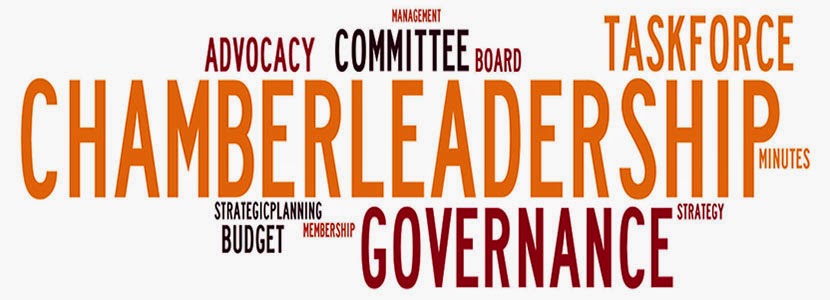Sidecar recently sponsored a webinar based on the title of this post.
The following comments are my notes. This is going to get interesting when the mainstream starts playing with ChatGPT on a regular basis.
What is AI – things that computers didn’t do, traditionally it requires humans to do. Machine learning.
Generative AI – creates content, conversations, think from auto pilot to co-pilot. It can be a partner for you.
9 ways to use ChatGPT
Translate – expanding your reach. Language translation made easy and very accessible. It’s a way to share your content in multiple languages. This may not relate to all but it will be for many.
Summarize – just ask! Describe what you want (topics, length, etc.) and AI will give you text based on your request. This is a great way for you to create copy for events or publications. Obviously, you’ll want to tweak as needed (customize). Try it, you will be fascinated by what you get. Some will say you’ll get 85% of what you wanted from ChatGPT.
Transform – accessibility. Create text from audio, a transcript of a webinar. Or audio from text.
Understand – using ChatGPT to break down large blocks of content (a conversation) to a meaningful short and concise document. It’s a summary!
Interact – making your content conversational for your audience. Think a blog you create and your members can interact with that content. A chat bot can be put on your website where they can interact with you and get information in real time.
Market – think about email automation and creating individual marketing pieces for your audience based on their profile with your organization. Your newsletter could be specific to what your members want based on how they have interacted with you in the past.
Brainstorm – use this technology to create ideas on new things your members might want. You could ask for some ideas based on a recent survey you have conducted. This goes back to the ask. Describe what you want and
Create – let ChatGPT create drafts for messages you want to send to your members. Think about membership messages for your next campaign.
Refine – use ChatGPT to create some flair for your content (images). These images can be helpful in telling your story moving forward.
Yes, this is a mind-blowing new technology that we need to stay on top of it. Even if you don’t use it right away, be mindful of what is going on in this sector.
Think about how you can use this new technology to add value for your members. Embrace it! It’s been said that your members are going to demand it from you.
For more information on ChatGPT from Sidecar go HERE.


